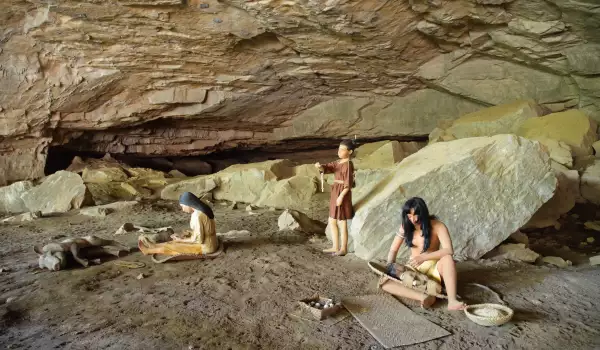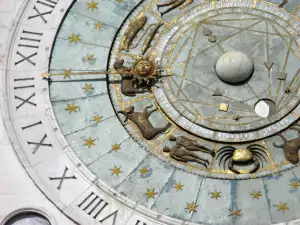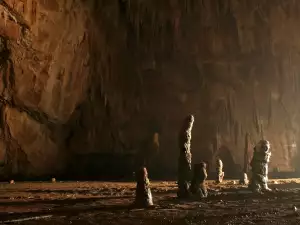Besides DNA, it turns out that modern man and Neanderthals shared the love of the family hearth. This has been confirmed by excavations in some of the caves inhabited by Neanderthals in Gibraltar.
For the longest time, scientists believed that Neanderthals were a subspecies of Homo sapiens and even categorized them under the name Homo sapiens neanderthalensis. With the development of science, genetic analysis and the finding of ever more and more remains of these ancient inhabitants of Earth, one thing becomes clear.
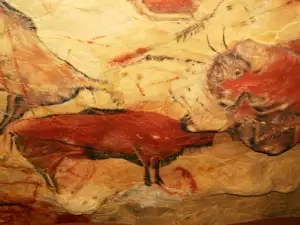
Even though we share a common ancestor with Neanderthals, as well as some genes, resulting from crossbreeding between Neanderthals and Cro-Magnons during the migration of prehistoric man from Africa into Europe, we are definitely not direct descendants of Neanderthals.
Excavations in a cave system in Gibraltar reveal a part of the everyday routine of Neanderthals, which brings them considerably closer to modern man. It has become evident that the primitive inhabitants of our planet loved their homes and remained at the "family hearth" for quite a lot of time.
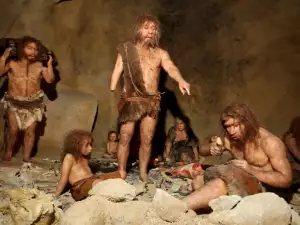
Neanderthals were not nomads that simply migrated along with their prey, counting on the cover provided by temporary shelters. Quite the contrary, they went on hunting trips, taking some of their primitive weapons with them to small caves, a sort of "hunting lodges".
Once the food for the tribe was assured, they returned back to the large caves, which they thought of as their home. This conclusion was reached by archaeologists from the University of Oxford, who carried out excavations in the caves in Gibraltar.
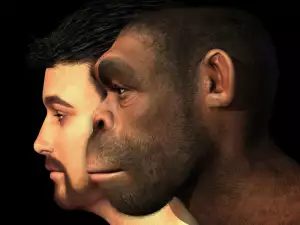
4 large caves were investigated during the excavations. A large number of various types of hunting weapons and tools for the home were found. The experts were impressed by the great quantity of artifacts discovered in such a small area.
Among the uncovered items, there were numerous stone tools and fireplaces, hide scrapers, tools for opening mussel shells, as well as many remains of seals, wild goats and deer. Carbon dating of the artifacts helped to determine their approximate age - 24 000 years.
Besides on the tools and remains, carbon dating was done on the sedimentary layers of 4 of the largest caves on the island. The data from the investigation of the caves, especially the largest of these - Gorham's Cave, showed that the sediments had a high organic content.
This proves, without a shadow of a doubt, that Neanderthals did not simply use the caves as a temporary shelter. They inhabited them permanently. Their cave was their permanent home, for them and for the generations to come after them.
Neanderthals kept to their home and stereotypes until they were displaced (according to some recent investigations, eaten) by Homo sapiens coming from Africa.
